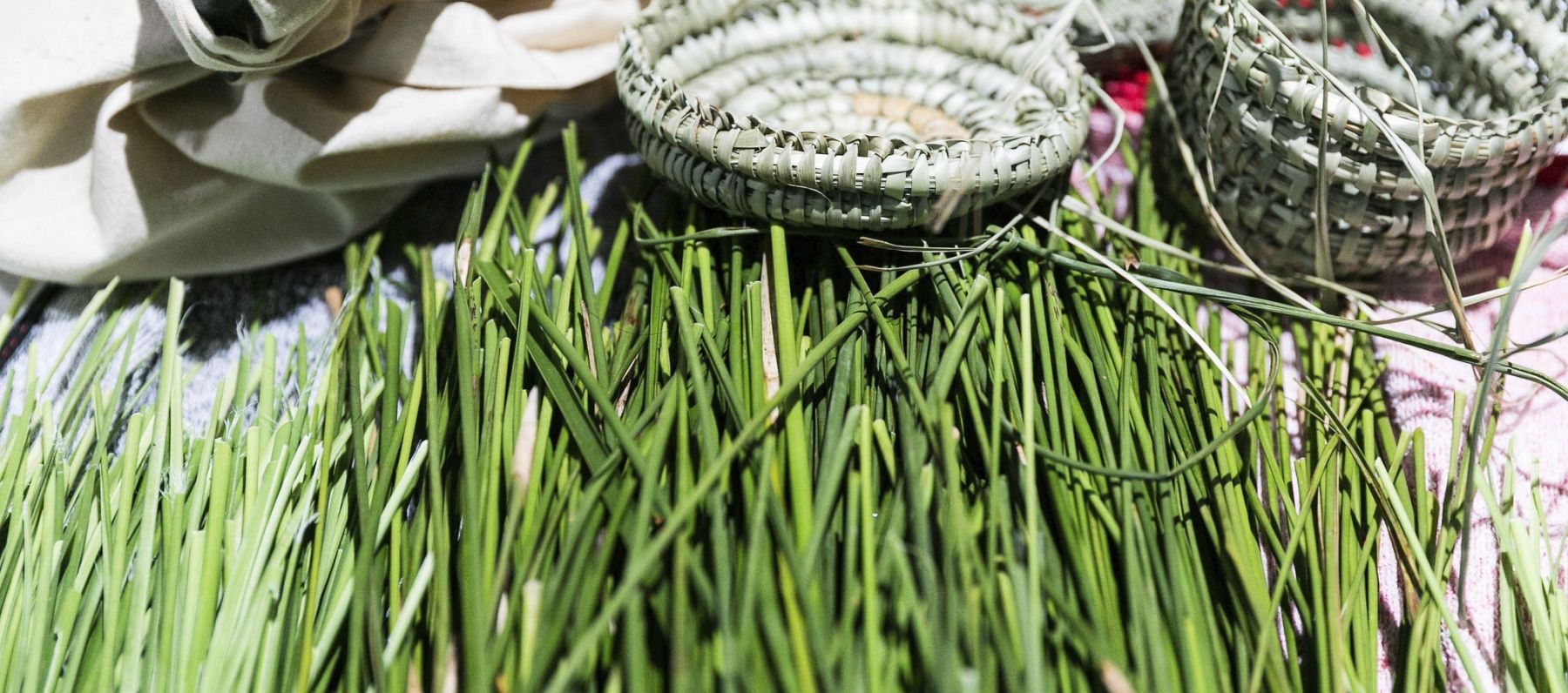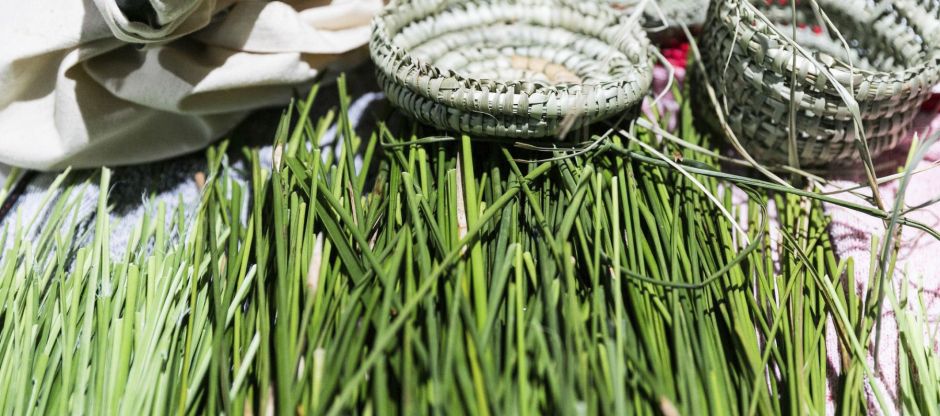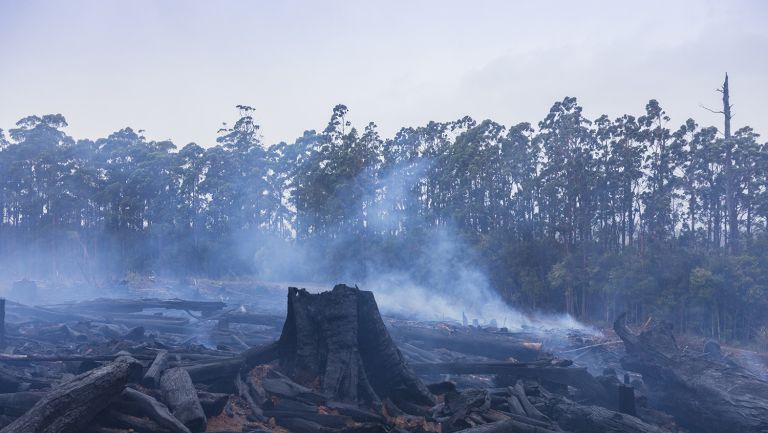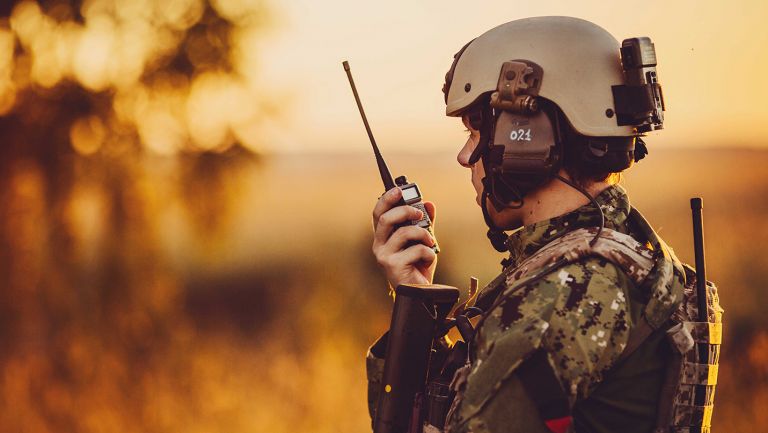Sign up for our monthly newsletter

An award-winning approach to Aboriginal place naming
What’s in a name? If you are an Aboriginal person in Bendigo, Victoria and have to regularly walk past a local creek that carries an offensive racial term as its name you might think quite a lot.
All around Australia the names of things -- roads, waterways and geographic features -- serve as reminders of our past. In many instances place names reference acts of violence or displacement against Aboriginal people.
Changing this situation can address past and present wrongs but also carries exciting potential for the future. A greater integration between place-naming and Aboriginal culture and languages can help all Australians be better connected to the land they are living in.
THE CHALLENGE
“Some of the names in our landscape are racist and offensive. Some are just plain wrong in terms of how they are said or spelled,” says Susanna Collis, who worked on the project as a representative of the Victorian Aboriginal Heritage Council.
“This actually does matter to Traditional Owners. They feel it.”
In some cases, geographic features are named after colonial settlers who participated in atrocities against Aboriginal people. In others, names may appear harmless enough but by their simple existence may be effectively obscuring or erasing Aboriginal culture.
Beyond righting historical naming wrongs there is another -- equally pressing – need. Across Australia, we name a lot of things. New streets in new residential communities. New bridges and parks and water courses and hills.
It turns out, we are not very imaginative about how we do it.
“We keep giving the same types of names to new places, new roads,” says Susanna. “Often we know that these places already have names. They’ve had names for thousands of years. Not using those names is denying a truth. Using them highlights the continuity, presence and importance of Aboriginal culture.”
Naming authorities have too often been confused by how to engage with Aboriginal communities. At the same time, communities have felt unvalued, ignored and degraded by a lack of engagement and unaware of how decisions about naming are being made.
The challenge for ThinkPlace was to create a space and a process that would allow diverse people and interests to come together, using innovative methods and resources to drive shared understanding and purpose.

OUR RESPONSE
ThinkPlace was engaged by the Victorian Aboriginal Heritage Council and the Department of Environment, Water, Land and Planning to create and run a process that would encourage and facilitate more inclusion of Aboriginal people, language and custom in place-naming throughout Victoria.
We designed a process – Our Languages Matter -- that has brought together Traditional Owners, naming authorities and other stakeholders in a way that is both pragmatic and symbolic, to reshape how things are named and why.
This is the first time anyone in any jurisdiction has attempted to do this anywhere in Australia. (Susanna Collis)
ThinkPlace’s design work offers a breakthrough in creating a new naming practice that is collaborative, inclusive and truthfully reflects Australia’s complex history.
HOW WE DID IT
We were initially asked to design an opportunity for people to know more about guidelines for naming and to promote opportunities for Aboriginal place naming in the future. This brief was initially limited in scope but -- with collaborative effort and extensive consultation – we were able to push beyond it.
ThinkPlace worked with Traditional Owners and other stakeholders to co-design new frameworks for Aboriginal people to connect with government, and a new kind of conversation -- running sessions across Victoria where Traditional Owners engaged with local councils, surveyors, developers, planners and more.
“This was about getting the right people in the room for the first time but also about inventing a process for them to understand each other and collaborate together,” Susanna says.
Sessions began with Welcome to Country and, where possible, smoking ceremonies. Traditional Owners then hosted the opening session of the workshop and shared language and other cultural heritage knowledge. It was important to commence the workshop with Traditional Owners framing the context and scope of discussions, as it set the agenda for participant collaboration throughout the remainder of the day. This approach meant that each workshop was unique, with discussions localised to the place in which we were convening.
The Victorian Aboriginal Corporation for Languages also participated by supporting discussions about revival and maintenance of Aboriginal languages and the importance of local cultural heritages.
Recognising the different languages (including technical languages) and cultures in the room we worked together to create shared understanding, shared intent and shared direction by depicting sessions visually, rapidly scribing with a mix of pictures, diagrams and words.
It is a design process and an end product that has now won recognition from the Good Design Awards jury, awarded a prestigious ‘Tick’ trophy.
“This is a project that applies co-design approaches to a sensitive and complex topic, and the adoption of visual techniques to work around language challenges,” the awards judges said.
“The Jury appreciated the connection between participation and positive impact for the communities involved - creating value through both process and outcome. It's heartening to see both social impact and the potential for economic advancement. Well done.”
THE IMPACT
DEWLP reports that the sessions have produced value beyond their original hopes.
We fully expect as a result of this project there will be an increase in the use of Aboriginal languages to name roads, features and localities across the state. (Rafe Benli)
Reinstating Aboriginal names for places has led to new signage and interpretation which the department says is already opening up new business opportunities for Traditional Owners around tourism and interpretation.
The process has:
- Created meaningful, ongoing engagement between Aboriginal communities and naming authorities.
- Increased the ability of stakeholders to understand, pronounce and value Aboriginal place names.
- Given a platform for Traditional Owners across Victoria to register their objections to offensive local place names
- Initiated a process of replacing offensive names with appropriate ones.
The project has provided placename authorities, such as local and state governments, national parks agencies and water authorities with the tools and motivation to productively engage with, and build enduring relationships with, Aboriginal communities in all naming processes.
“This has been an incredibly cohesive process for participants,” says Rafe. “They came expecting to be bored and left invigorated”.
“From the live scribing to the talks about language and culture it created delight. And that shared delight got everyone connected to what we were doing and why.”
These sessions have achieved what years of effort had failed to do: creating shared purpose, developing understanding and designing a shared approach that enables all interested people to create change together.
“Our cultural heritage is best understood through demonstrating respect for Traditional Owners – our knowledge, our skills, our appreciation of our heritage,” says VAHC Chairperson Rodney Carter.
“The practicing of our culture and traditions makes us stronger and this strength offers all Victorians opportunities to value, understand and celebrate the unique cultural heritage we care for on behalf of all of us.”






